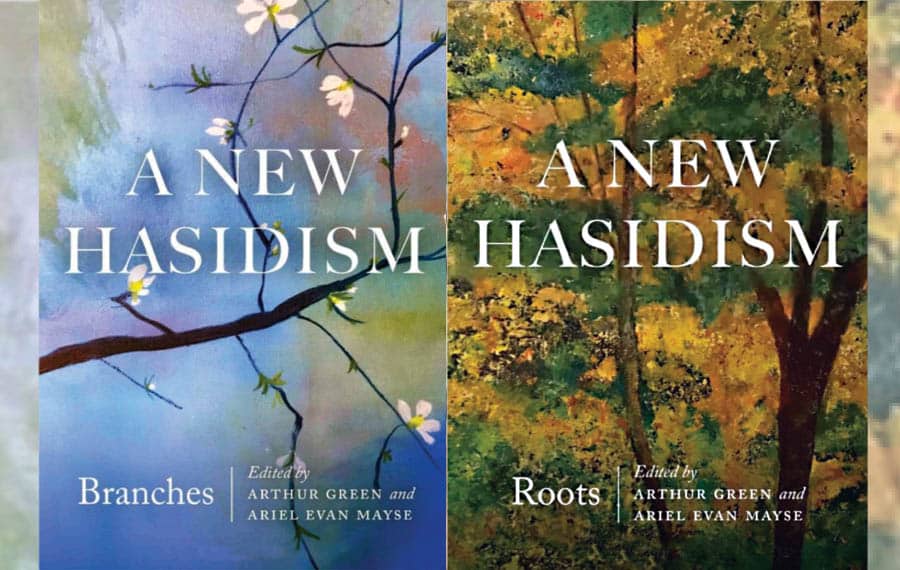
In the two-volume “A New Hasidism,” subtitled “Roots” and “Branches,” editors Arthur Green and Ariel Evan Mayse explore the attraction to and transformation of Chasidic teachings by a generation of Western seekers inspired by the teachings of an 18th- and 19th-century movement that had captured Eastern European Jews. But as products of contemporary Western civilization, they chart their own path more interested in spiritually integrating two clashing traditions, well understanding that the conflict cannot be solved but it can be lived.
Like the founder of Chasidism, their world is suffused with God, divine sparks are everywhere. Like the Besht, they are energized by a love of God, of Torah and of the people Israel. And like Chasidism, they upset the religious establishment; soon thereafter, they forced change.
The editors were born into different generations. Green, the rector of the rabbinical school at Boston Hebrew College, is best known for his works on Chasidism, his early biography of Nachman of Bratslav, his translations and compilations of basic Chasidic texts, and his masterful and manifold theological writings. A founder, together with his late wife Kathy, of Havurat Shalom in 1968, he is widely respected in the U.S. and Israel. Mayse is an Israeli-trained Orthodox rabbi with a doctorate in Jewish Studies from Harvard. Now at Stanford, he came to a mountaintop encounter with God through the martial arts. He was a Green’s Hebrew College colleague before moving westward.
The two volumes build upon the other, engage the other.
Volume I, “Roots” presents selected writings of the founding fathers (all men) of this new movements.
Most founders are familiar. Martin Buber and Abraham Joshua Heschel were among the most influential and admired of 20th-century Jewish thinkers and activists; Shlomo Carlebach and Zalman Schachter-Shalomi, two European-born men who came to Chabad as disciples of the sixth Lubavitcher Rebbe Yosef Yitzchak Schneersohn, who were sent by his successor to change the world but who, much to his regret, were changed by the world. Green is the only founder still alive. The less well-known but appropriately chosen figure is Hillel Zeitlin, a Polish socialist mystic deeply rooted in Chasidism yet who wrote on Spinoza and Nietzsche as well as Buddhism. He urgently sought to shape an elite religious community in his native Warsaw, seemingly intuiting the impending catastrophe. He was killed in the Shoah.
The editors chose wisely among their many works, but not the writings that a more casual student of Jewish thought might read. Each thinker is given an appropriate contextual introduction indicating their potential influence for contemporary Jewry. Carlebach’s musical performances often were interrupted by long maashiyot, tales better heard than read. Song was the enticement; for Carlebach Torah was the substance. In “The Torah of Nine Months,” one encounters his unique teaching style and brilliance. His personal failings are neither excused nor allowed to overshadow his contribution.
Zalman Schachter-Shalomi, the Rebbe of Jewish Renewal, is presented in dialogue with Green, a friend, colleague and talmid (student) who asks the profound questions that two men who know each other well can discuss. Green’s early work, controversial because he dealt openly with the psychedelic culture of his youth, shows his range as scholar and seeker.
The second volume, “Branches,” is more adventuresome, diverse but no less interesting. Seventeen essays are offered by some of the most spiritually sensitive Jews of this generation. Schachter-Shalomi and Green are the bridge between “Roots” and the “Branches.” Both lived into the 21st century and established communities of fellow seekers, Schachter-Shalomi’s community was more personal and intimate. Green headed institutions that sought to train rabbis who could create spiritual communities of serious Jews but also do the daily work involved in the contemporary rabbinicate. There is an article about Carlebach, not by him.
These essayists could sojourn only in the vibrant and expanding Chasidic communities because their attitudes toward women, gender and gays are more inclusive, shaped by a sense of equality and by feminism, attitudes found only at the periphery of modern Orthodoxy — at least for now. They are welcoming toward non-Jewish religiosity. Chasidic hostility toward non-Jews reflected the hostility toward Jews in Eastern Europe, and contemporary Chasidism — Chabad is the exception — had adopted a policy of insularity to defend against modernity. The world of New Chasidism is not divided between Jews and goyim. They are engaged with Western civilization. Many have found their home within the multicultural university.
They are also not uncritical of contemporary Judaism. Two essays have been chosen as illustrative.
Like the founder of Chasidism, their world is suffused with God, divine sparks are everywhere.
Ebn Leader asks does a new Chasidism need a rebbe? Submitting to authority is difficult for Americans raised on rugged individualism and touched by the 1960s culture that rallied against the establishment. Some of the formative figures of the new Chasidism were as deeply ambivalent about becoming rebbes as their students were ambivalent about becoming Chasidim. Buber saw himself as a man endangered before God and not a tzadik assured of God’s presence. Heschel struggled between his role as professor and the role he was expected to assume as rebbe. His prophetic role was incompatible with being a rebbe. Neither Schachter-Shalomi nor Carlebach could transfer their allegiance from the sixth to the seventh Lubavitcher Rebbe, and while each somehow modeled a rebbe, neither produced heirs ready to assume their mantle. Green has had many students and disciples but drew back from fully embracing the role of rebbe. He is more comfortable as mentor and teacher, guiding students to discover their own way rather than following his.
Contemporary Jews seek guidance from many sources, psychologists, financial advisers, rabbis and marriage counsellors rather than rebbes. And although a psychologist may apply Chasidic teachings in her therapeutic work, master/disciple not client/therapist was the Chasidic model. The rebbe was perceived as a tzadik, living in God’s presence and he offered that direct relationship to those more distant from God, a way to approach God for those who sought to come closer. Liberal Jews are more egalitarian. They may approximate having a rebbe and expect the teacher to offer more than knowledge and “set forth their lives as the material of their teaching.” In return, the student must be prepared to be far more vulnerable and personal than the traditional academic relationship. Knowledge must be more than objective and detached. Religious knowledge should be lived rather than merely analyzed.
We are, Leader argues, “vessels shattered by the Enlightenment, Emancipation and the Holocaust.” We must use many different tools to become spiritually whole again.
Mayse wrote an important essay on “Neo Hasidism and Halakhah: The Duties of Intimacy and the Laws of the Heart.” There is an innate tension between those who have or seek a direct experience of God and the authority accrued over centuries by Jewish religious law. His martial arts training is manifest in his approach to halachah. Mayse writes: “One must submit not only to the goal but the journey itself.” The role of the master is to give the student “the discipline and the inspiration to become a confident and self- sufficient practitioner.” He views halachah less as law than as the path. His critique of contemporary Orthodoxy’s rigidity: “Love for the Shulchan Aruch — the Set Table, the Code of Jewish Law — is an inadequate substitute for love of God.” Some are too focused on being yotzei, on fulfilling one’s halachic obligation rather than yotzeh yedey shamyim, answering the summon of Heaven.
Submission and discipline become imbalanced without the forces of love and devotion. He introduces a measure of flexibility and a four-tiered approach to halachah that mirrors the four levels or understanding the Torah, PARDES (peshat, remez, derash and sod).
The time has come for a third volume of “New Hasidism in the Holy Land,” where new dimensions of Jewish spirituality are being explored by Jews deeply literate in Jewish tradition and who even, if they left the Orthodoxy of their yeshiva world, have not become “unorthodox” but religious Jews in a rather new way. We are ready for an understanding of Torah that goes beyond Litvak talmudists and even Rav Kook and the politicalization and militarization of some of his followers.
After reading these two intellectually informative and spiritually rich works, we ask how indeed 21st-century Jews living in comfort, in freedom, in modernity in an age of feminism and egalitarianism, at a time when they draw close to those who have been “other” will adapt the spiritual teaching of their 18th- and 19th-century ancestors.
Judaism will be much enhanced by such adaption as has been this reader.
Michael Berenbaum is director of the Sigi Ziering Institute and a professor of Jewish Studies at American Jewish University.
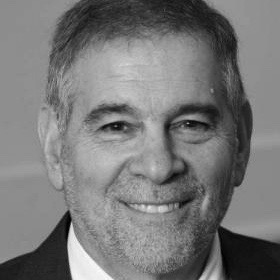









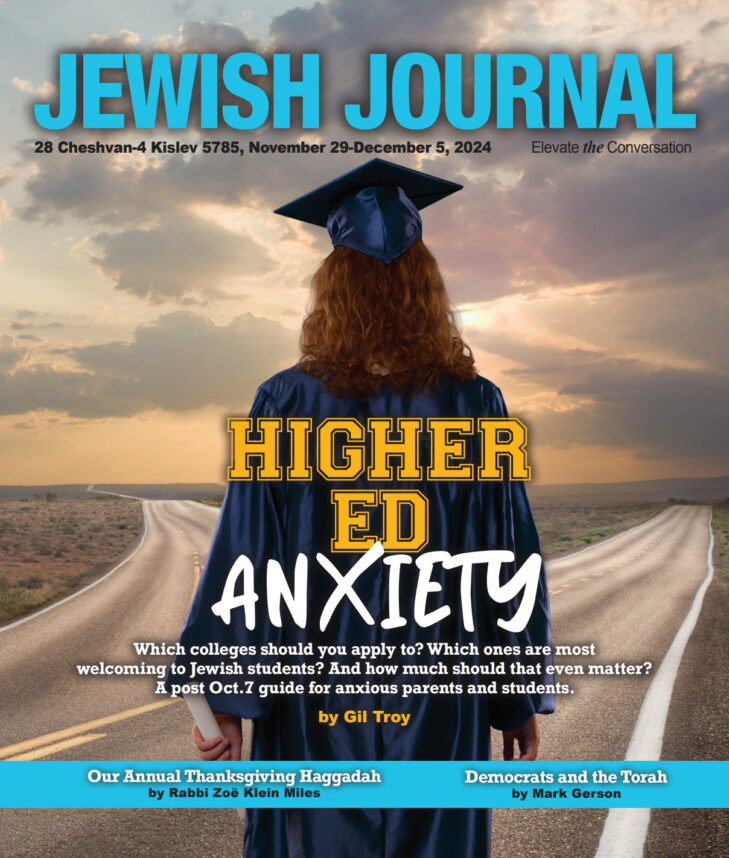
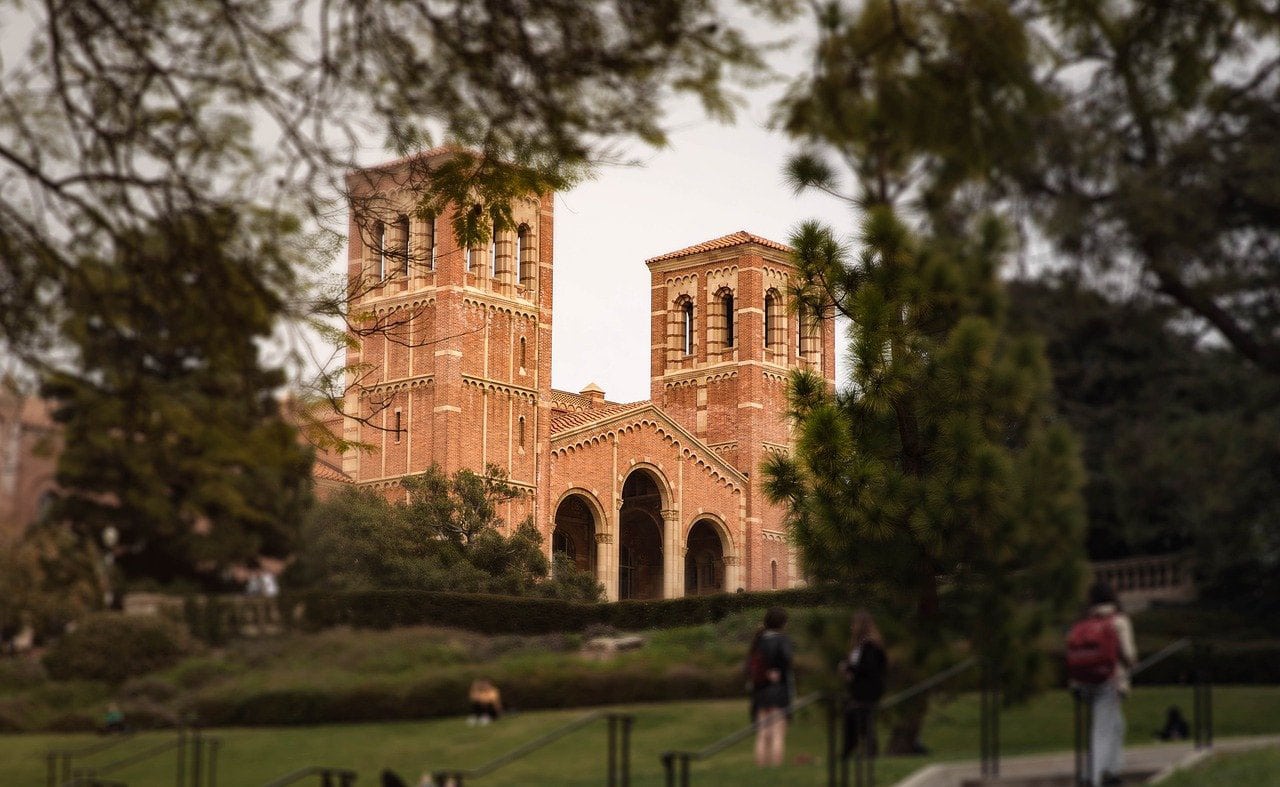
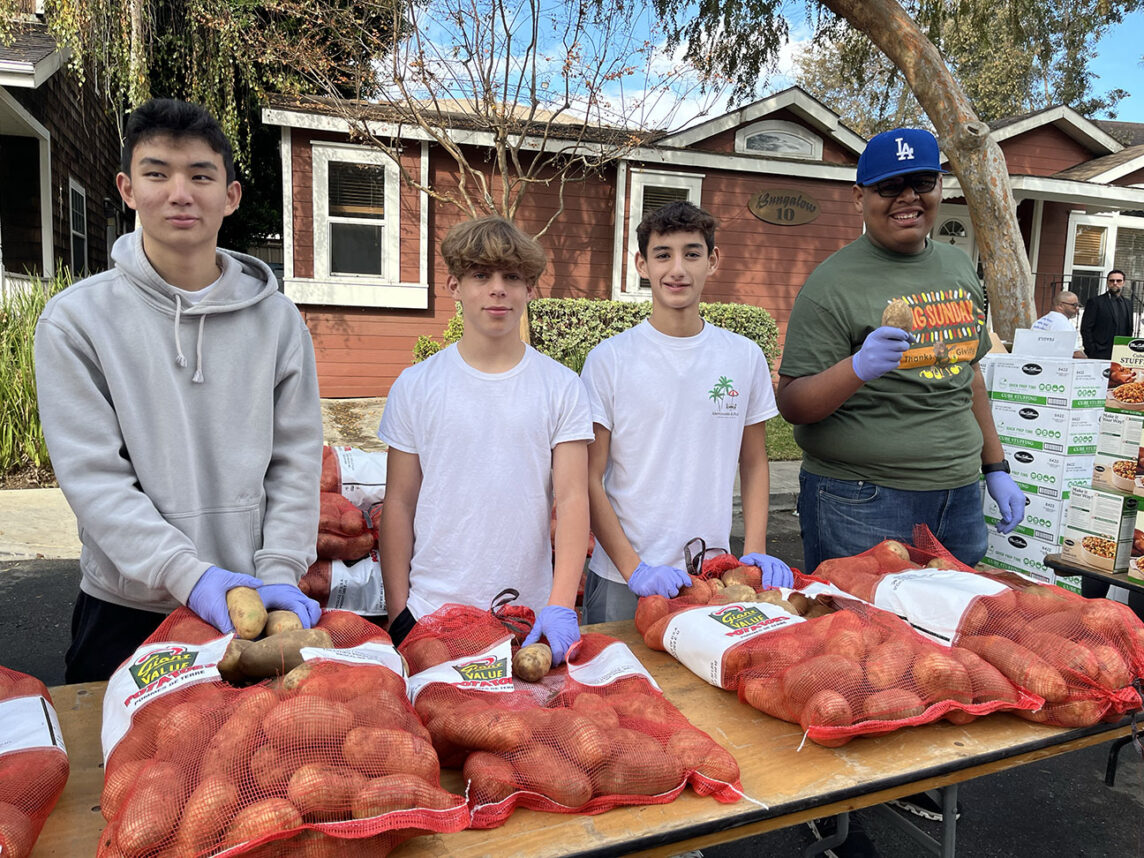
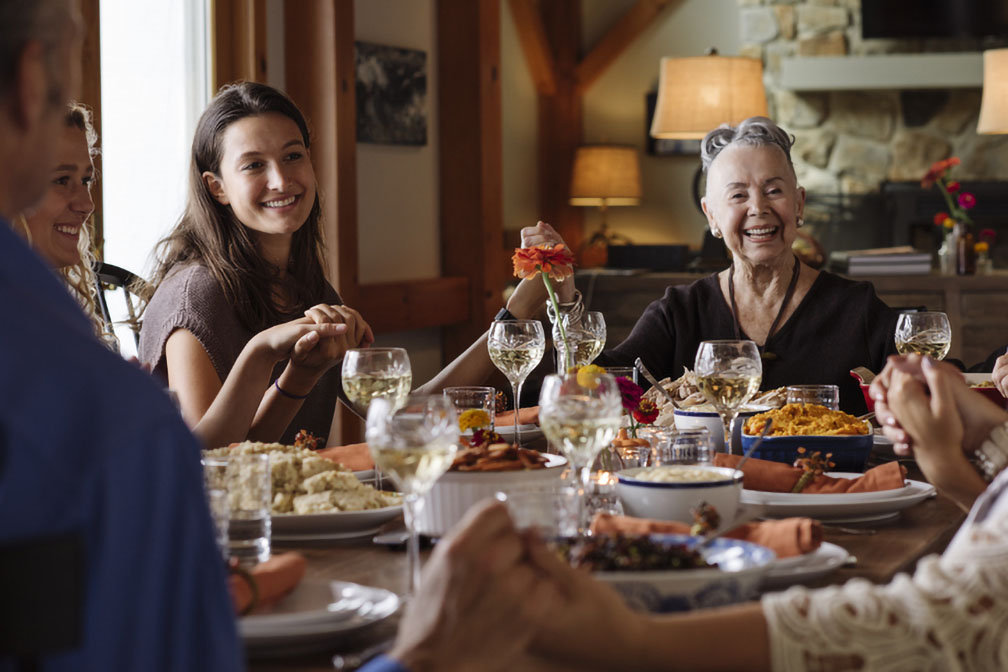
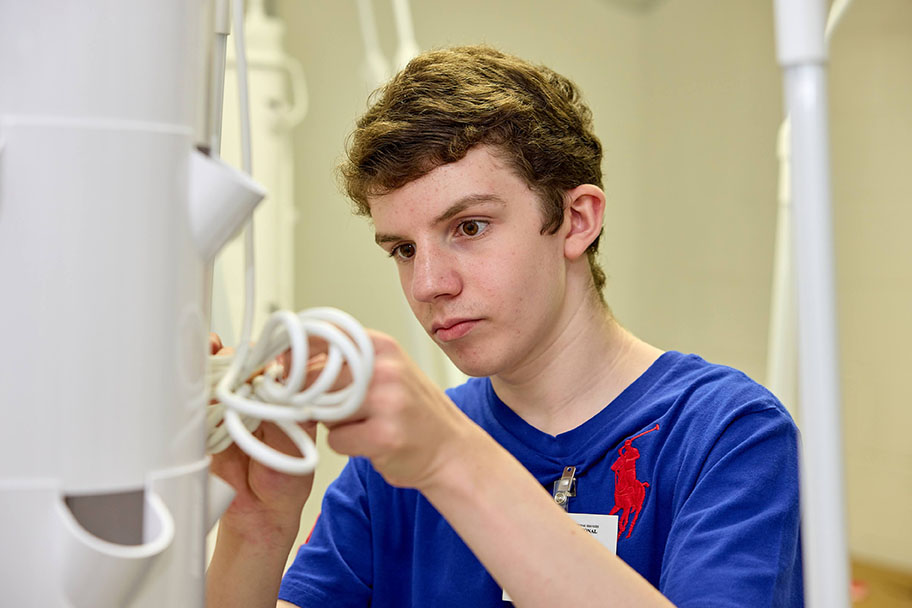





 More news and opinions than at a Shabbat dinner, right in your inbox.
More news and opinions than at a Shabbat dinner, right in your inbox.